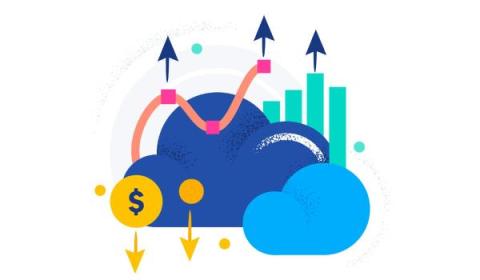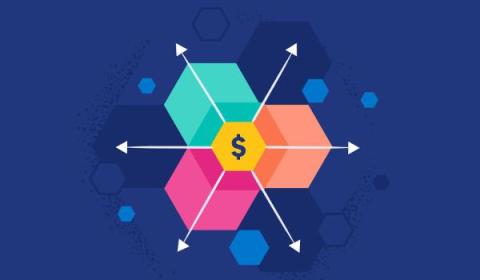Quantifying the value of AI-powered observability
Organizations saw a 243% ROI and $1.2 million in savings over three years In today’s complex and distributed IT environments, traditional monitoring falls short. Legacy tools often provide limited visibility across an organization’s tech stack and often at a high cost, resulting in selective monitoring. Many companies are therefore realizing the need for true, affordable end-to-end observability, which eliminates blind spots and improves visibility across their ecosystem.








